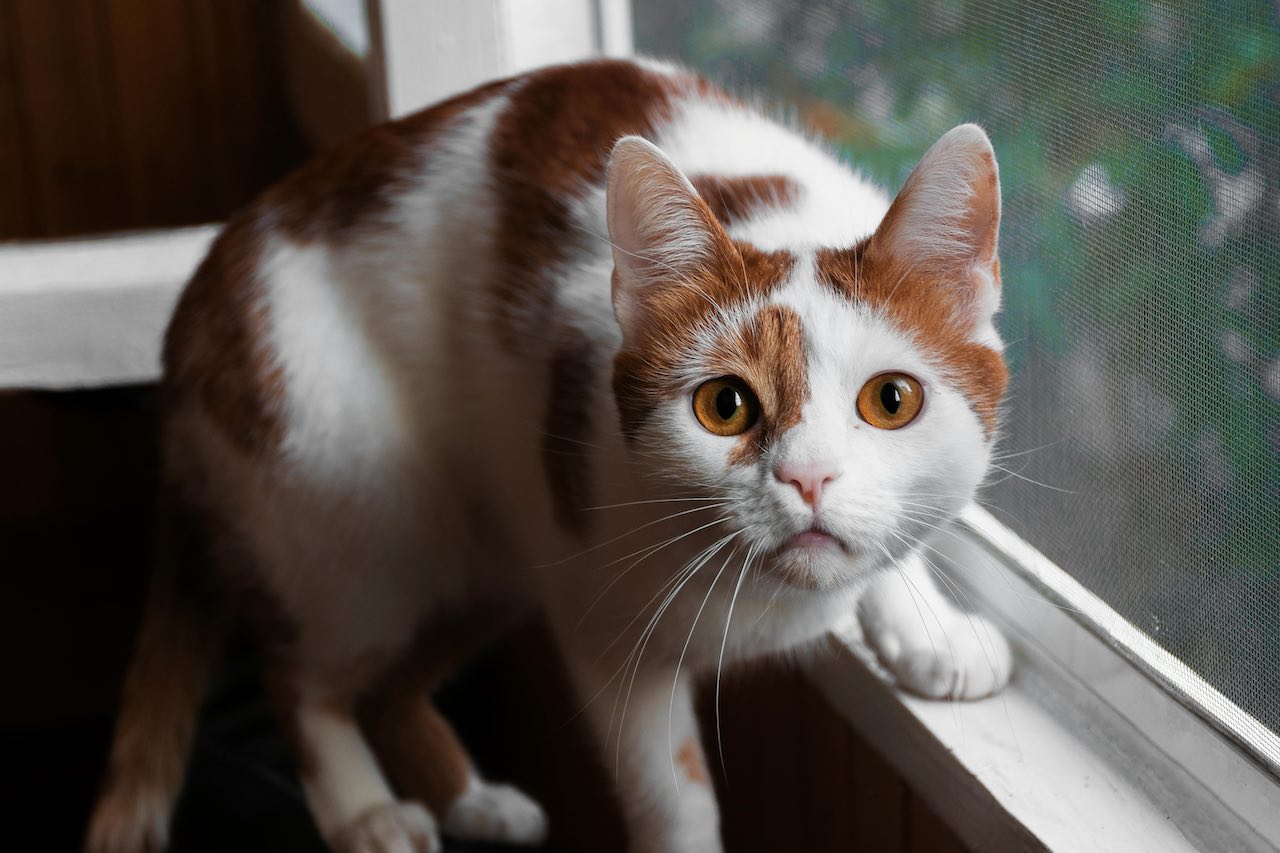Why Do Cats Knead? Exploring the Reasons Behind This Adorable Behavior
-
 Sarah Bennett
Sarah Bennett - 20 Mar, 2025

Understanding the Feline Phenomenon: Why Do Cats Knead?
If you’re a cat owner, you’ve likely witnessed your furry friend rhythmically pressing their paws into a soft surface like your couch, blanket, or even you! This endearing behavior, known as kneading or “making biscuits,” has captured the hearts and curiosity of many. But why do cats knead?
The Kitten Connection: Instinctual Behaviors
Kneading originates from kittenhood. When nursing, kittens instinctively knead their mother’s belly to stimulate milk flow. This habit can stick with them into adulthood as a comforting, soothing behavior. So next time your cat makes biscuits on your lap, they may simply be channeling those carefree kitten days.
Seeking Comfort: A Familiar Ritual
Much like how humans might find solace in a security blanket, cats knead to create a snug, cozy space. Whether it’s padding down their favorite spot or settling onto your lap, kneading can help them relax and feel secure—especially if things around them change or their surroundings are unpredictable.
Marking Their Turf: A Subtle Scent Message
Did you know cats have scent glands in their paws? Kneading can serve as a way for cats to mark their territory by leaving a scent behind. It’s a nonverbal way of claiming their domain, reassuring other animals of their presence, and asserting ownership over their favorite things—yes, this includes you!
Expressions of Affection (or Stress): Reading the Mood
While kneading is often a sign of affection, particularly when paired with purring, it can also indicate stress or anxiety. Changes in the household, new pets, or disruptions in routine can cause your cat to knead as a self-soothing mechanism. Observing when and where your cat kneads can offer insights into their emotional state.
Health Concerns: When Kneading Becomes Excessive
Though kneading is typically harmless, excessive kneading could indicate underlying health issues. If your cat’s kneading results in claws getting stuck, scratching, or seems obsessive, it might be wise to monitor for any additional behavioral changes or signs of stress. Consult a veterinarian if you’re concerned about unusual or destructive kneading behaviors.
Tips for Managing Your Cat’s Kneading
While kneading is generally a lovable and natural behavior, it might not always be welcomed with their claws out. Keeping your cat’s nails trimmed and offering alternative kneading surfaces, like a cat bed or special blanket, can help manage any discomfort for both you and your furniture.
Other calming strategies might include providing more playtime to expend energy or using pheromone diffusers to maintain a stress-free environment.
In Conclusion
Cats knead for many reasons: reflecting happy memories of kittenhood, marking their territory, seeking comfort, or showing affection. Understanding the nuances of their kneading can enhance the bond you share with your feline friend. By paying attention to the context and frequency of your cat’s kneading, you can ensure their happiness and well-being remains a top priority. After all, a happy cat makes for a happy home!